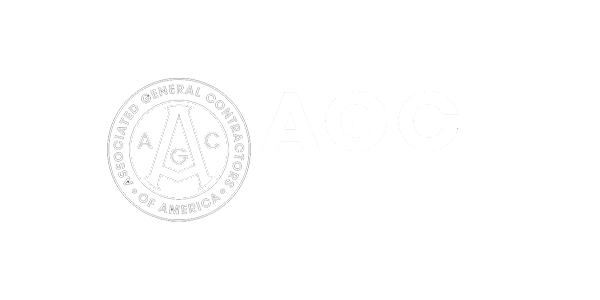Processing progress claims should be easy. Subcontractors complete work as assigned and submit their progress claims application. Why has this process plagued industry productivity over the last few decades?
There are a few reasons progress claims applications have remained complicated:
Each general contractor or developer has their own policies and required documentation for compliance, stat decs, and holdbacks. And these policies may vary from job-to-job. The result is a convoluted pile of paperwork that is difficult for subcontractors and general contractor teams to navigate. Managing it is time-consuming and arduous, to say the least.
Let’s walk through a few of the steps that slow down subcontractor payments and run projects off course.
Lost in the Lines
Take the schedule of values, for instance; line items with unit pricing based on hours or quantities. It’s meant to be an easy itemized list that provides the GC with an understanding of the work they’ll be billed for.
Unfortunately, there is no standardization of how detailed or broad SOVs are meant to be. They’re often rejected and rewritten – costing precious time over a simple task. A lack of standardization in this process means SOVs may differ for each job.
Stat Dec Confusion
Next up, the wonderful world of statutory declarations.
No matter what kind of stat dec you have to submit or process, they are typically so full of legal jargon and fine print that it’s impossible to deduce what they even mean. And since signing a false stat dec is considered fraud in Canada, the declarant must actively validate that all payables are properly tracked and that any disputed invoice is clearly communicated.
Get Paid
Let’s talk about the AIA contractor form G702 Application and Certificate for Payment. This is the form a contractor uses to invoice on the job. It should be pretty easy to complete, right? Remember that in order to fill these forms out correctly, you must ignore change orders that have been approved but not processed. You must also ignore receivables still outstanding from previous applications. Let the fun begin!

Line 1 – Original Contract Sum
The original contract sum is the price agreed upon for the scope of work. This includes all accepted changes. This number should never change from your first progress claim to your last.
*Assume your contract was for $900,000.
Line 2 – Net Change by Change Orders
(This one is really fun!)
Subs add up all of the change orders that have been priced and formally approved. If the project manager is holding up your change order paperwork, call him before your progress claims application is due and ask him to complete his side of the paperwork.
** Let’s say it’s signed $100,000 in change orders.
Line 3 – Contract Sum to Date
For the contract sum to date, add lines 1 and 2.
For good measure:

Line 4 – Total Completed and Stored to Date
The total completed and stored to state number comes from the table on page two of the G702 form.
For now, assume you have completed $200,000 of work and have stored $50,000 of materials in approved storage sites. Your line 4 total would be $250,000.
Line 5A, _% of Work Completed
Next to the %, write the current retention percentage. Typically, it’s 10%.
In the blank next to the dollar sign, you’ll write the dollar value of retention that applies to your completed work.
To get that number, turn to page 2 and add together the values from columns D and E. Multiply by 0.1 if retention of 10% or 0.05 if retention is 5%.
See how we’re getting more complicated now?
There are so many areas on this document to make mistakes, and it costs your team hours of valuable time to fix them. There has GOT to be an easier way to do this!
Are We Done Yet?
If you’re looking for an easy-to-use subcontractor payment software application that tackles the problems we’ve highlighted above, you’ve found it.
GCPay helps you standardize your schedule of values, application for progress claims, stat decs, and change orders all in one solution. GCPay sends reminders, catches calculation mistakes and helps you organize the digital mountain of paperwork you may face for each job. Use something that is intuitive for your business and saves you time rather than wasting more of it.









